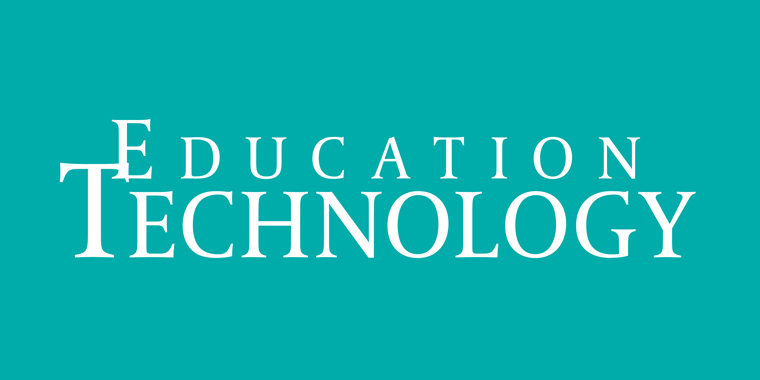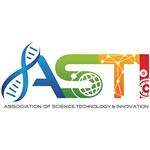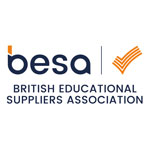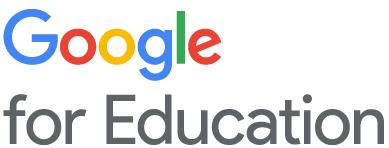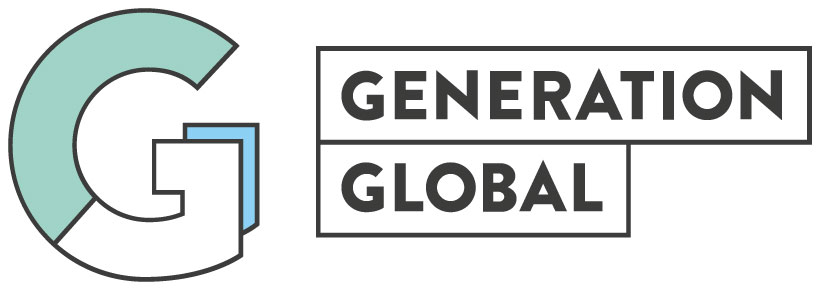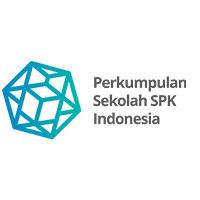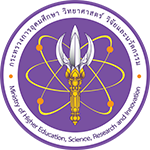All hands on tech
Before 2D edtech becomes as obsolete as slates and slide rules, we've gathered a bunch of experts on the carpet to assess pedagogical changes to date
Today, the art of pedagogy is equipped with tools beyond the dreams of those that laid its foundations. Illustrate their development on a line graph and we find that, save for a shallow rise circa 1440 with the invention of the printing press, the incline barely shifts between Plato and the pocket calculator. Then begins the climb.
School days-recalling teachers in their 40s will recall the hushed awe that greeted the arrival of ‘The School Computer’, a lumpen beige beast from which the most tech-savvy member of staff could just about coax a dissonantly beeping version of 'The Entertainer'. Since then we have seen the internet, apps, and the computer’s conversion from mildly diverting curio into indispensable workhorse. Our graph now describes an upward curve like the most daunting skate park ramp.
But if the classroom environment has been revolutionised, what of pedagogy itself? Not so much, said Dr Junaid Mubeen, Director of Education at Whizz Education. “Technology hasn’t gone far enough in changing teaching. The prevailing narrative in edtech has perpetuated existing teaching practices, rather than inspiring new ones. You need to provide differentiation. The best example of technology perpetuating ‘one size fits all’ is the smart board. It doesn’t do anything to differentiate the content students receive, the style in which it is taught. Content may be prettified, made a bit more dynamic, but the issue remains that all students are going through the same material.
“Research shows that when students finish primary school there’s a knowledge gap in maths of over four years. If you were to teach the same lesson for all 30 students, that may be appropriate for a cluster, but there’ll be some that find it too challenging and others not stimulated enough.”

The answer, said Junaid, lies in individualised e-learning tools. Maths Whizz, for example. “It behaves like a human tutor – gives them an assessment, maps strengths and weaknesses, then develops a targeted learning plan based on individual needs. The teacher can then use class time to build on the knowledge they’ve learned, and also use the data to understand which students need more help.”
Richard Stoneman, Marketing Director of 3P Learning, thinks along similar lines. “Differentiation is the key thing edtech has brought to the classroom,” he said. “The curriculum is so much more demanding now, particularly in maths. It used to be accused of being broad but shallow, now it’s deep and challenging. Managing 30+ individuals through it is a very big ask. Instant feedback saves a huge amount of time and allows teachers to focus quickly on the areas of need, particularly in Year 6 where you have to close those gaps really quickly.”
3P’s Spellodrome is a literacy tool “aligned with the national curriculum statutory word list,” explained Richard, “and lets students play various games – crosswords, word searches – based on them. It’s much more engaging, brings the word list alive. From the teacher’s point of view, it’s instantly marked, they can see which words they’re struggling with and diagnose the gaps straight away. It gives them more flexibility and control, and frees them to do what they do best – teaching – rather than think ‘I need to print work sheets’ or find something on the next topic when there might be 20 variances of need within a class. They can then differentiate going forward, intervene where needed, assign something harder for those that have mastered the concept and take them to a deeper level.”
Whole wide world
The trouble with all this screen-based learning, goes the argument, is that what today’s students gain in breadth of knowledge they lose in communication skills. On the contrary said Fiona Shelmerdine, a Year 6 teacher at Brookmead School, near Leighton Buzzard. Being a Google-based school, pupils at Brookmead have access to Chromebooks and a welter of attendant software. “We prefer them to share Chromebooks one between two, as it encourages far more discussion and collaboration,” explained Fiona. “It gives the opportunity to have several pairs of children collaborate on the same document at the same time, discussing, adding comments, editing. With paper and pen you’ll have some looking at it upside down and you just can’t get that same level of collaboration. They’re building those skills of listening, learning compromise, not getting cross if someone accidentally deletes your comment, which happens at the beginning! I rarely visit the photocopier anymore because everything goes up online on Google Classroom.”
From a teaching point of view, added Fiona, tools such as Google Expeditions and Google Glass mean she is able to facilitate a whole new depth of learning. Such as what her class gleaned from a ‘visit’ to Mount Everest base camp, for example. “Whereas you might have previously shown a video to children on the interactive white board, you can really immerse them with the Google Glasses. They were able to look all around, see the huge piles of oxygen canisters, which led to a discussion: why they were there in the first place? Why had they not been trudged back down? It might be easier for climbers, but is it good environmentally? Should it be done in a place of outstanding natural beauty? Should humans even be there in the first place? The depth of discussion is something I really don’t think we’d have got from just watching a video. It gave them ownership of what they were looking at, rather than thinking ‘I’m one of 30 people watching this’.”
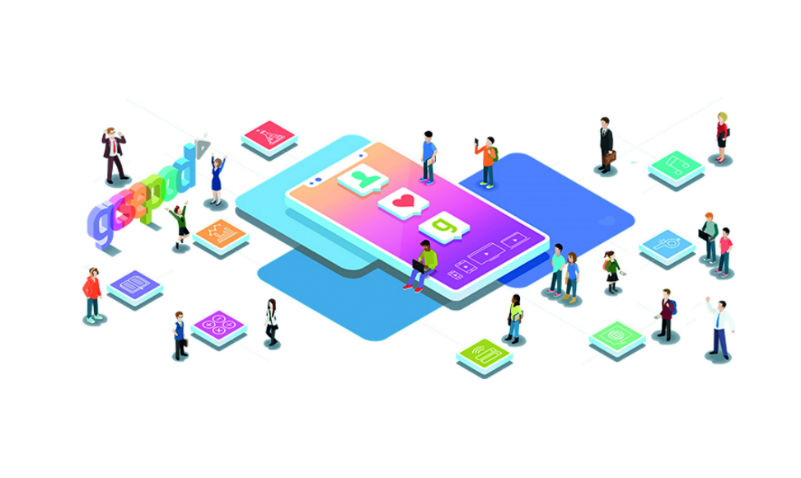
Nevita Pandya is Deputy Head at Townley Grammar School in Bexleyheath. For her, part of the joy of e-learning is that “we don’t have to rely on individual teachers’ expertise – it’s down to the students themselves. That really helps the flipped learning model, when discussions can take place because the baseline learning has already happened outside of the classroom.”
In the week we talked, daily headlined by the poisoning of an ex-spy in Salisbury, her pupils were genning-up on relations between Russia and the UK, with Nevita facilitating a thoroughly modern lesson. “One of the topics we’ve been looking at is conflict and resolution. We have a partnership with some professors at Moscow State University, so today one of them Skyped in and had a discussion with the class about the current political situation. This kind of communication would have been completely impossible before, and in some ways is more important than platforms and gaming – it allows our students to be real global citizens.
“Using a virtual learning environment, like Edmodo, means you can have your class with other students joining in from schools thousands of miles away. You can do things collaboratively in a way that would have been impossible, and I think that’s really powerful.”
Another of Nevita’s go-to e-learning tools is GCSEPod, an app combining an extensive exam board question bank with automated intervention and personalised playlists, alongside teacher tools to speed up marking and planning. We asked Helen Newies, GCSEPod’s Director of Client Services, to explain how else it can change teaching practice. “For a classroom teacher, the usage reports can show which students in their class are working independently and which are only completing set assignments,” she said. “Moreover, the detailed reporting tools can give insight into how a student is learning. For example, in one school a student was identified as only ever working at 12pm at night; a discussion with them and their parents identified a healthier schedule.”
Of course, it is not only schools undergoing pedagogic shift. Kortext supply etextbooks to universities across the globe and their Director of Education, Yaz El Hakim, is a strong proponent of learning analytics. Today, at least.
“The use of learning analytics in teaching has been crude in the past: assessment scores, attendance, log-ins to the virtual learning environment, turnstile access, etc. Assessment scores, which are the strongest indicator of academic performance, are often too late in the learning process. The advice from TESTA [Transforming the Experience of Students through Assessment] was to create an early signal formative assessment point that focuses on the feedback to avoid 13 weeks of study resulting in a fail – very de-motivating for all involved.” To that end, explained Yaz, “our focus on reading analytics and other more granular engagement data is very helpful; instead of crude proxies, this variable – although still to a degree a proxy – has been shown to have strong correlations to academic performance. Such reading analytics are now becoming important for university staff to better support students to engage in behaviours and provide feedback that can make a difference.”
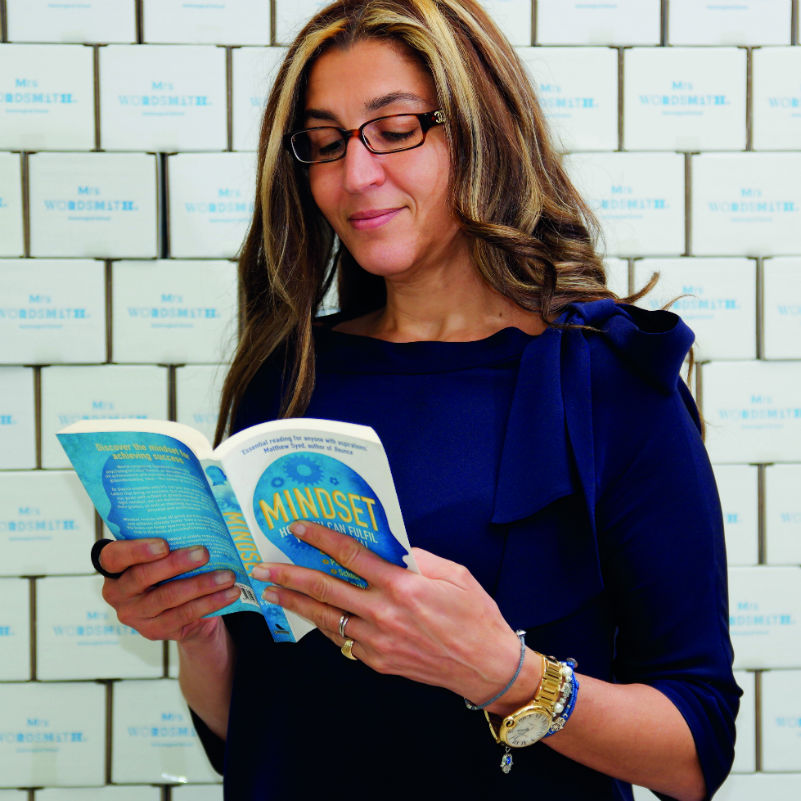
Sofia Fenichell, CEO and Founder of Mrs Wordsmith
Future days
For all of e-learning’s undoubted impact, none of our panelists predict a future where pen and paper – much less teachers themselves – will be wholly consigned to the history apps. “The old ‘chalk and talk’ method is dying a death already, and I don’t there’ll be any schools in 10 years without significant digital resources, but I don’t think print is going to disappear either,” says Richard.
The contemporary success of Mrs Wordsmith suggests as much. Sofia Fenichell is CEO and Founder of the company making classroom starter sets comprising cards, workbooks and binders. “Technology has been trying to change the way in which we teach for a couple of decades,” she said. “But edtech hasn't truly delivered on its intoxicating promises to transform a multi-trillion-dollar industry. If you look at US K0–12 spend on curriculum it's approximately $6.2bn, of which only about $300m is technology-related. Part of this is due to educational technologies being free or low-cost, such as Google classroom apps. And part is due to poor bandwidth or low penetration of devices in the classroom. But there are also more practical issues, such as how few edtech apps have achieved product-market fit in the classroom. Those that have tended to quickly go viral, such as Kahoot! or ClassDojo.
“Children still engage with paper in part because teachers and parents want them to develop their fine motor skills. I recently attended a CEO teach-in with the former CEO of Chegg, and he said that even college kids prefer paper because of the nostalgia they have from the time their parents read to them as young children. The memories are hardwired into their brains.”
Still, tech is intrinsic in compiling the Mrs Wordsmith sets. “Our experts at Cambridge University use data science and machine learning to mine the English language, to find the words that children need to know,” explained Sofia. “At the last count we had analysed something like 90+ million sentences, and over 10 billion words. It’s an ongoing process of understanding how language is used across texts in various age groups.” The company is also “in the process of developing an app which will offer a completely new experience for learners and teachers, while working alongside our paper product.”

That “new experience for learners and teachers” serves as a neat descriptor of the pedagogic road ahead. “Imagine what the teacher in 20 years looks like,” said Junaid. “They’ll have grown up in the era of smart technology and be used to having customised experiences. A lot of the inertia we’re currently seeing [in embracing e-learning] is going to dissipate.
“The role of a lecturer is going to be outsourced to a computer, leaving the teacher to be more of a facilitator. Some educators don’t like hearing that term, feel it undermines their role in the classroom, but the most challenging and profound thing you can do is facilitate students’ learning; encouraging them to create knowledge for themselves, construct their own understanding. You’re having to develop a delicate craft of understanding what guidance or instruction to provide. The problem with lecturing is you’re force-feeding knowledge, and that’s very difficult to retain. If students are empowered to derive knowledge for themselves, explore concepts as part of a world they’ve created in their own minds, that’s something they’re far more likely to be motivated by.”
Jonny Finch, Product Manager of video creation software experts VideoScribe, also recognises a rise in independent learning. “We attended Bett this year,” he says, “and the main theme of all the new technologies we saw, from VR software to coding tools, was student-led learning and creation; technology that enables students to collaborate and communicate their ideas and software that encourages them to explore and question the changing world around them.”
The changing world shouldn’t scare teachers, says Fiona, even if some of the tech turns out not to be quite as intuitive as its makers would like to think. “Sometimes it’s good for the children to see if you’re finding something a bit tricky. You can problem-solve with them, and it’s good for them to see we’re fallible. We’re not these people standing at the front pretending to know everything, because we don’t. We can work through it together.”
Ultimately, says Richard, “no one in digital learning is replacing teachers, we’re just augmenting, supplementing and enriching. The teacher is still in control and we wouldn’t want it any other way.”
We are proud to have Education Technology on board as a media partner
